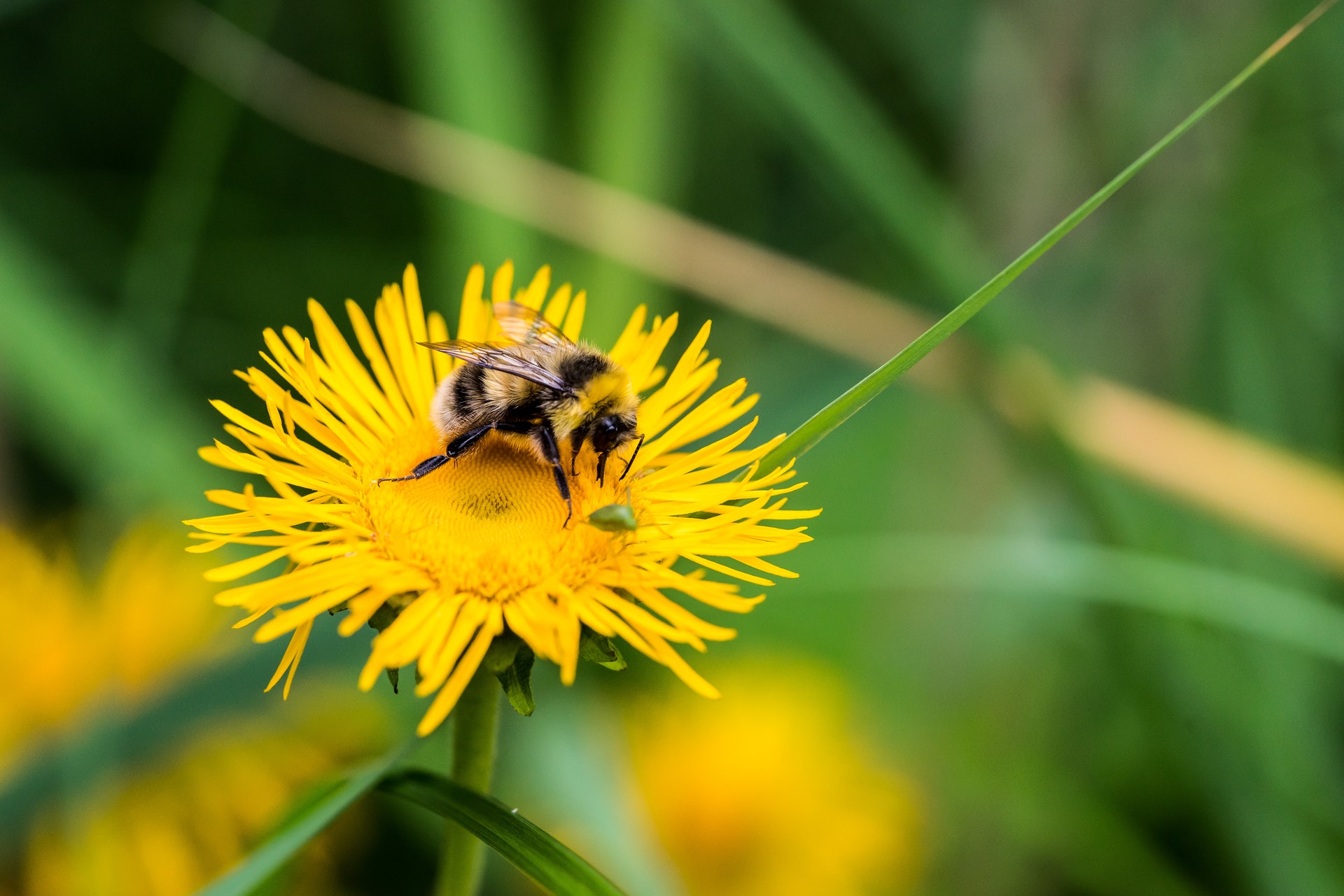Tips from a Local Business on How to Avoid Summer Stingers
It’s that time of the year again! You’re lounging poolside soaking up the summer sun when all of a sudden, you hear something out of your right ear. The sound is so unnerving that your entire body begins to tense up. You go into full combat mode. The sound gradually increases in volume and now it’s also heard through your left ear. You throw your entire body off the lounge chair and quickly turn around, a flip-flop in hand. Sure enough, a wasp hovers aggressively above a plant adjacent to the lounge chair. There’s nothing you can do but wait it out. Unfortunately, when there’s one wasp, there’s usually a nest somewhere nearby. For the remainder of your summer, you’re left to fend off these nasty summer stingers.
Okay, some maybe I’m just terrified of wasps but we’ve all been in a similar situation. You’re out enjoying the summer sun when suddenly you’re confronted with an aggressive pest ready to defend its territory. Unfortunately, unlike bees, wasps and hornets can sting multiple times and are very aggressive. Not to mention all three pests pack a powerful stinger packed with venom. Though we like to label these pests as a simple nuisance, they can actually cause injury. All three pests can injure and even kill a person. However, injury and death are very rare. Still, it’s important to know if and when you have a problem with these summer stingers. Here are some tips from a St. Louis-based exterminator to get you through your summer, sting free!
- Know the warning signs of infestation!
- Never try and haphazardly remove a hive or nest!
- Stop wasps early!
There’s Little You Can Do to Prevent Them
Less of a tip and more of a harsh realization, there’s actually very little you can do to prevent summertime stinging pests. Unlike termites or ants, you can’t create a barrier that kills pests at the source. You also can’t create decoy hives or nests or set traps. Sure, you could just remove all pollinating plants from your yard and home but that would be absolutely insane. There are, however, a few precautionary measures that can be taken to avoid welcoming stinging pests into your home.
Don’t Create a Foundation on Which Wasps Can Build a Home
You might not be aware of it, but the way in which you maintain and manage your home could be serving as an invitation to wasps and hornets. Wasps and hornets love building nests in corners, under loose siding, near gutters, near patches of mud or dirt, and around leftover firewood. To ensure you don’t send out an invitation to these summer stingers, make sure that you’re replacing damaged siding, cleaning out gutters, keeping your yard lush and green, and removing leftover firewood from the winter.
Don’t Open a Stinging Pest Buffet
Leaving leftover food exposed outside or improperly bagged in the trash can also serve as an invitation for wasps, bees, and hornets. All three pests love sugary foods and will be quick to notice leftover food. Always make sure you’re properly bagging or discarding food waste and ensure you aren’t leaving food out for extended periods of time.
Look for the First Signs of Infestation
Unfortunately, because there’s little that can be done to prevent stinging insects, the best thing to do is to keep an eye out for the first signs of an infestation. If you’re not used to seeing bees, wasps, or hornets roam around your home and you begin to see an influx of these pests near your home, there’s probably a nest nearby. Be sure to note any patterns that would indicate a possible location of a nest or hive.
FYI: Wasps, bees, and hornets will often attack in groups. Children can be killed with 500 stings while the average adult can die after 1000 stings. Wasp nests can reach 5,000 members at a time!
Another thing to note is possible nests and hives. Bee hives are recognizable as are most wasp and hornets nests, however, there are more types of nests that the common paper or comb-based nests. Wasps, such as the mud-dauber, build nests out of mud or dirt. These nests are built on the side of homes or outdoor structures and look like balls or pockets of dry mud. Never remove a nest or hive haphazardly. It’s best to consult an expert, however, should you feel compelled to do it yourself, make sure to have a carefully created plan and the correct tools.
That’s About It!
Again, there’s little to do in the way of prevention. However, there are multiple steps that can be taken to note the first signs of infestation. Catching an infestation early can limit the amount of larva these pests can lay and will aid in the removal process.

Mick’s Exterminating
8491 Veterans Memorial Pkwy, O’Fallon, MO 63366
636-978-5700
http://www.micksexterminating.com/


